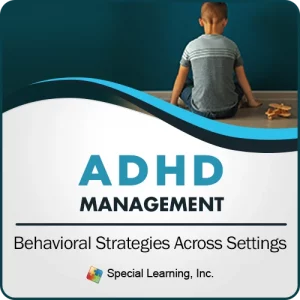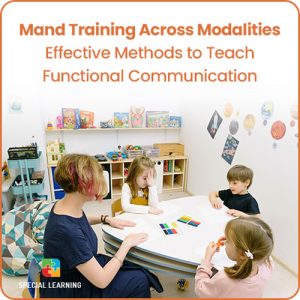Emotional Management
The role of emotions is very important in the daily life of those with a disability as well as those functioning normally. Emotions are a key factor in defining the nature of our sentiments and the ways we control or manage a situation. Emotions are of two types:
- Positive emotions
- Negative emotions
Positive emotions create enjoyment and can boost our overall mental health. Negative emotions can negatively affect our mood and lead to mood disorders, such as depression or anxiety. It is very easy to control or manage emotions in a normal child or person but in those diagnosed with autism or ASD, or other types of disorders, it often requires therapy. In such circumstances, emotion management is a therapy or a psycho-clinical science that needs to be properly administered to produce the desired results.
First of all, we should identify the types of emotions that need management. Here are a few that require management therapy:
- Fear
- Anxiety
- Anger
- Grief
- Sense of Loss
The ability to manage these emotions helps placate bad situations rather than escalate the problem. The very first emotion to address in any type of disorder is fear, which is produced in a part of the frontal lobe of the brain. If it is not properly managed, then it will produce anxiety, which will lead to anger and result in a sense of grief and loss. Therefore, it is very important to manage these emotions properly.
The following three behavioral therapies are the most important to adopt in the management of emotions.
Mood stabilizing therapy
First, therapy is used to stabilize the emotions at the time of occurrence. The following steps should be taken to calm down the emotional situation:
- Assess the emotional state by gathering information on the cause of the emotion.
- Identify the stressor in the environment.
- Decrease the impact of the stressor.
- Make the environment more predictable and home-like.
- Balance the stressors with your new learning and resources.
Cognitive-behavioral therapy (CBT)
After completing the above steps, consider CBT, which is a proven therapy in the treatment of emotional problems. CBT is a therapy that is used to manage and control emotions in a way that suits the child or person with autism to follow. This is a very adaptive therapy that identifies the causes of the emotion, the best solution and ways to implement the procedure in order to support cognitive learning.
An emotional toolkit
Another effective method is the use of different toolkits to deescalate the emotions by diverting the negative energy in certain activities. These tools include the following categories:
- Physical activity
- Relaxation
- Social
- Special interest
- Sensory
- Medication
All of the above tools involve certain activities and actions that decrease the negative energy and put the person with autism or ASD in a calm and relaxing mindset.
Reference:
www.okautism.org/…/okautism/…/Autism_emotion_regulation_and_anxiety_management.pp
Copyright © by Special Learning Inc. All right reserved.
No part of this article may be reproduced in any manner whatsoever without written permission except in the case of brief quotations embodied in critical articles and reviews. For information, contact Special Learning Inc., at: contact@special-learning.com








